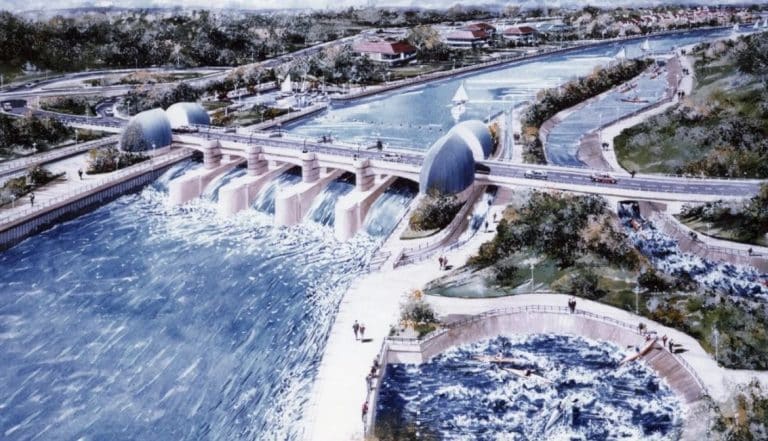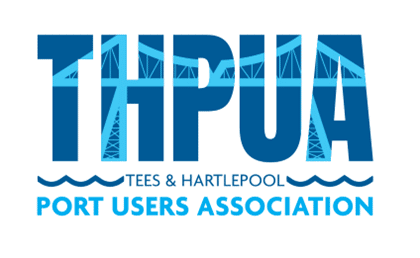The mid 1990s brought the Tees community together through infrastructure developments and the introduction of a new organisation. The Tees Barrage was built as a flood defence and to enhance the natural river environment upstream and create leisure opportunities resulting in it no longer being navigable to shipping. The Tees & Hartlepool Port Users Association (THPUA) was created to represent and protect the interests of the industrial river community.

In 1993, Tees & Hartlepool Port Authority was to be sold off and both the Tees Wharf Operators and the Tees Shipping Association were concerned at the consequences this change could bring.
The Tees Wharf Operators was a small, but powerful group back in the early 1990s. Membership was restricted to around 20 organisations that owned wharves on the Tees and included the region’s biggest manufacturers at the time, such as British Steel, Philips and ICI. Despite the size of the organisations within the membership of the Tees Wharf Operators, members of both membership bodies felt that their views often went unheard. They therefore decided to merge on 20 February 1996, to form The Tees & Hartlepool Port Users Association (THPUA), creating a stronger, more influential group and a united voice. The THPUA appointed its first chair in 1996. The Port Authority were invited to join the THPUA a few years later in an effort to create a more collaborative approach on the river.

At the same time as the shipping community was breaking down barriers, it was also building them. The Tees Barrage was built in 1995 to control the flow of the river and prevent flooding, but it has also increased the opportunities to take part in water sports on the river by stabilising a stretch of the river which was previously tidal.
Spanning the River Tees, the 70-metre-long Tees Barrage is the command centre that allows the Canal & River Trust to operate the massive 50 tonne gates to control the water levels of the River Tees.
The Tees Barrage International White-Water Centre, a world-leading white-water facility on the north bank of the Tees, opened in 1995 as part of the wider £50 million Tees Barrage Project to help re-generate the Teesside waterfront.
Did you know?
From 2013, the Ports of Tees and Hartlepool were renamed by the Statutory Harbour Authority (SHA) as Teesport. On the River Tees, the SHA is responsible for ensuring the safe navigation of vessels on the river, from the mouth of the river, up to the Tees Barrage (including vessels visiting AV Dawson’s facility and other ports and terminals on the river.
In 1998 AV Dawson purchased the Lin-Din site from Kvaerner Oil & Gas. The site included the three 42-metre-high fabrication halls and a load out area and two berths immediately in front of the halls. The two berths were rebranded as North Sea Supply Base Number 1 and Number 2 to illustrate a major focus on the oil and gas sector. The acquisition of this facility doubled AV Dawson’s berth capacity and provided the business with a heavy load-out quay to accommodate larger ships and to support major project cargoes for the oil and gas sector – a growing market in which the business was keen to play a key role. Only a few years later the oil and gas sector faced a number of challenges, although the fabrication halls continued to be utilised for a variety of heavy industry projects.